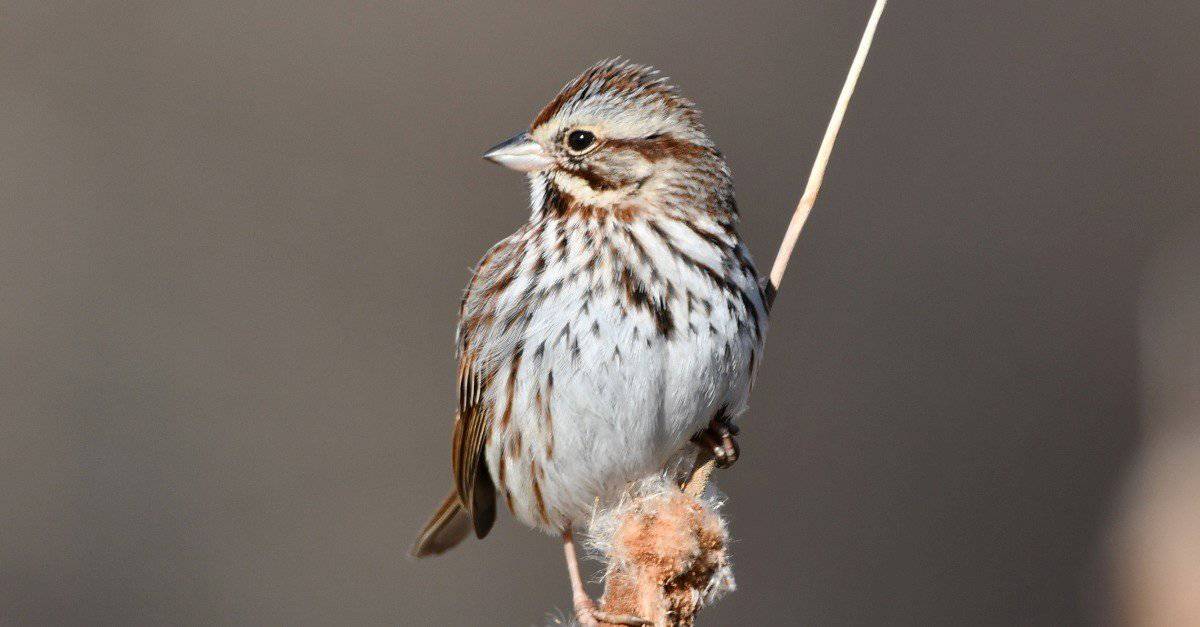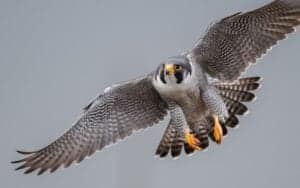Sparrows are tiny songbirds that can be found living in just about every part of the world, and it is believed that they are more numerous than human beings. These birds are very small, measuring between 4 and 8 inches long. Interestingly, their diminutive size does not mean they are ineffective eaters like other birds. In fact, they are capable of eating quite a bit relative to their size and in terms of variety. So, what do sparrows eat?
Discover the various meals that sparrows consume and see how they use their unique physiology and pseudo-domestication has benefitted these creatures.
What Foods Do Sparrows Eat?
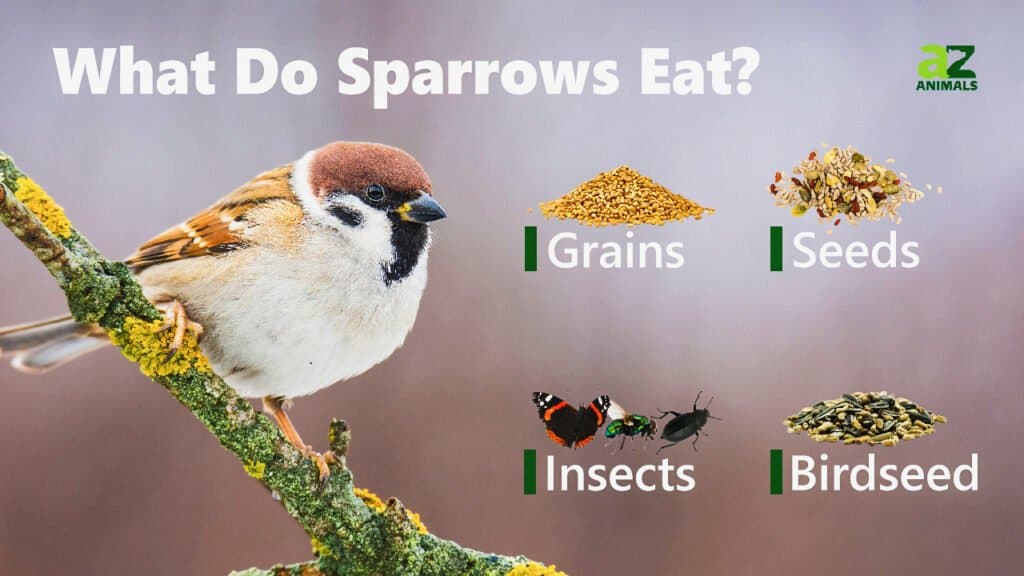
Sparrows eat seeds, insects, fruit, mollusks, and small vertebrates. They are mostly granivorous, but sparrows are technically omnivorous because they eat animals as well as plants. Sparrows have a wide distribution throughout the world, and that gives them quite a variety of potential foods to eat. No matter where they are located, though, these birds stick to a similar menu.
The diverse sparrow diet includes:
- Sunflower seeds
- Grains
- Corn
- Oats
- Tomatoes
- Crickets
- Bees
- Cherries
- Peas
- Suet
- Ragweed
- Blueberries
- Crabgrass
- Buckwheat
- Millet
- Caterpillars
- Crickets
- Aphid
- Ants
- Earthworms
- Nyjer seed
- Weevils
- Small frogs
- Small lizards
- Snails
These are the most common foods that sparrows eat throughout the year. Although it might be surprising to find out that they are not strictly herbivores, sparrows can’t pass up a high-protein meal from time to time. Sparrows get rich meals from insects or the occasional frog and lizard.
How Do Sparrows Find Food?

Sparrows have a great sense of smell and good sight that helps them find food.
©iStock.com/JackVandenHeuvel
Sparrows find food by engaging their powerful sense of smell while also using their sight to identify foods they want to consume. Once they have found the food that suits their needs, they will use their cone-shaped beaks to break open seeds, snip a bite from an insect, or tear off a piece of fruit.
Finding food is not difficult for these birds because they have learned the same lesson that wolves did thousands of years ago: staying close to humans leads to food.
Sparrows are interesting birds that have leveraged their connection to human beings for their enrichment. The name of the common house sparrow is Passer domesticus even though sparrows are not domesticated in the same sense as cats or dogs. At the same time, it’s no coincidence that the spread of sparrows around the world has mimicked the same pattern as human beings.
In other words, evidence suggests that sparrows have followed humans in search of food, probably following agricultural patterns to obtain easy access to seeds and insects. A person only has to look around during warm weather to see these birds around just about any place that humans live.
That does not mean they are friendly towards or trusting of human beings, though. Sparrows will often flee at the sight of humans or even peck their hands if they get between them and a meal.
Unlike other birds that fly to their meals, the sparrow is easier to spot because it will hop along the ground to potential foods until it finds one that it likes. This feeding behavior does put sparrows at risk for predation.
How Much Do Sparrows Eat?
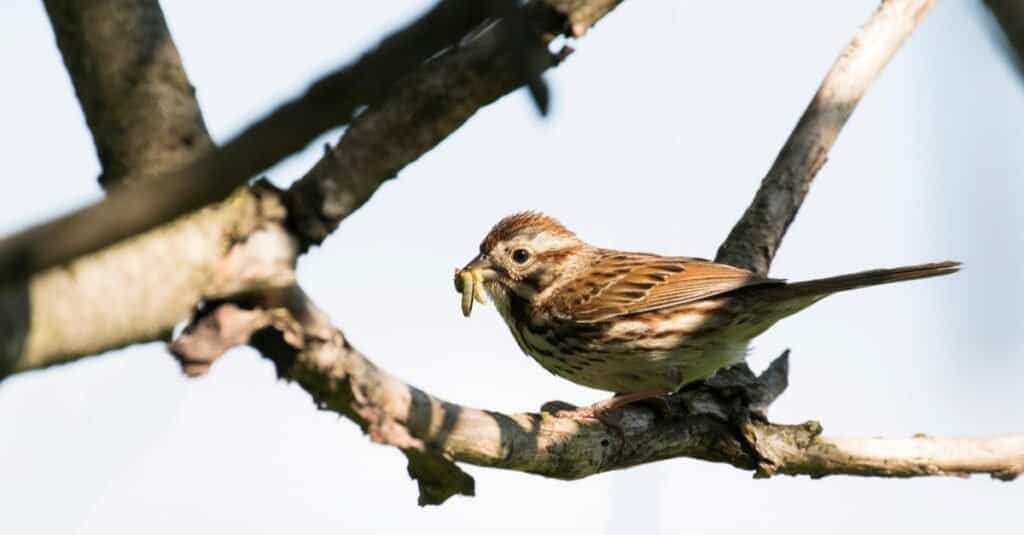
Sparrows can eat up to 50% of their body weight each day.
©iStock.com/mirceax
More sparrows exist today than people by some estimates, so that might lead one to believe that these small birds can have a large impact on the ecology of an area just by eating.
Yet, sparrows only weigh between 0.5oz and 1.5 oz on average, and most of them eat about 20% to 50% of their body weight each day. That is not a very significant amount of food per sparrow. Despite their vast numbers, sparrows are not eating a great deal on the grand scale of things.
Sparrows eat quite a bit relative to their size so they can maintain their high-energy needs. Their typical feeding range is an area less than 5 miles, However, they are migratory birds, so they will increase their eating habits during late summer and fall to have enough energy to fly up to 70 miles per day.
What Do Sparrows Eat in Winter?
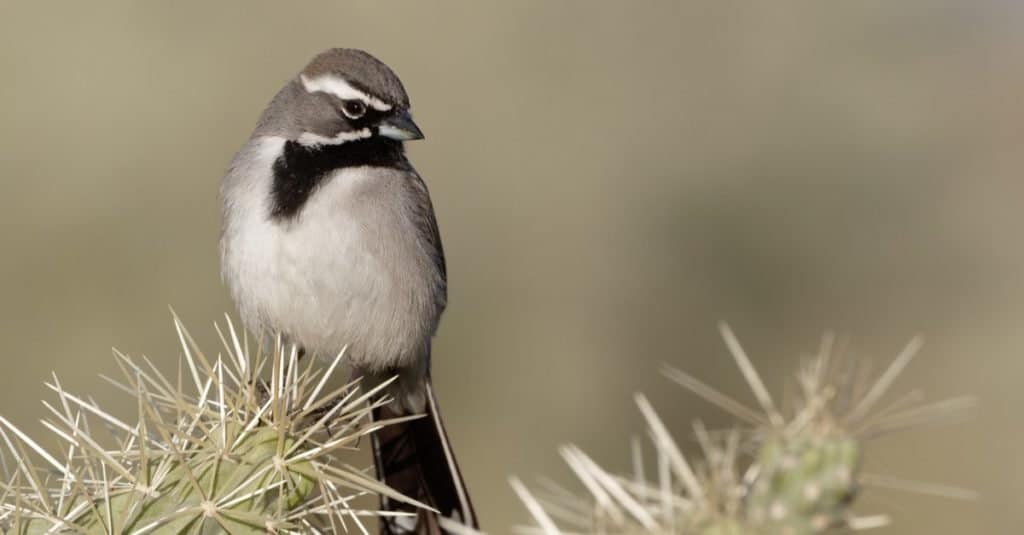
Sparrows migrate into warmer climates and find new sources of insects, seeds, and more.
©M. Leonard Photography/Shutterstock.com
The winter is a hard time for many living creatures, but the wide variety of foods consumed by sparrows ensures they have meals no matter where they go. As we’ve already said, most sparrows migrate for the winter months.
Although they may breed in the far north, especially in the Americas, sparrows can travel deep into the southern states of the USA or even into Central America.
During the winter, sparrows will often travel far enough south to avoid snowfalls. They are highly dependent on seeds for their nourishment, and they are ground feeders. Sparrows also lack the means to dig beneath snow and ice for their food.
The foods they eat in winter include:
- Suet
- Millet
- Cracked corn
- Grass seeds
- Pigweed seeds
- Knotweed seeds
- Ragweed seeds
- Scraps of human food
- Commercial bird food left out by human beings
As we have already said, sparrows know that human beings are a valuable source of food. When people leave out food for them to eat in feeders, the birds will frequently return to the area.
What Predators Hunt Sparrows?
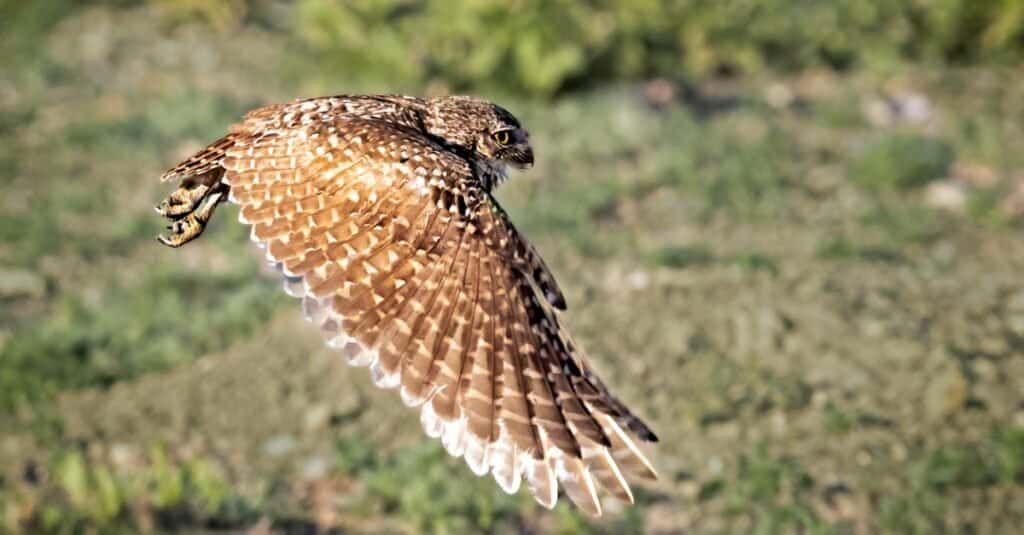
Owls can easily find and eat
sparrows.
©iStock.com/RondaKimbrow
Sparrows are small birds that are on the lowest part of the food chain. They are too small to defend themselves, slower than many other birds, and lack the intelligence to avoid danger like other avian creatures.
Some of the most common predators that eat sparrows include:
Sparrows build their nests in building crevices, bushes, and trees to avoid predators, but they’re not always successful. Snakes are adept at finding nests and eating the eggs and other birds of prey can swoop down and catch an adult sparrow.
Sparrows are omnivores that feast on seeds, grains, vegetables, and fruits. They are an interesting bird that might just have a higher population than humans when you add together all their species. At least some form of sparrow lives on most continents, and their closeness to humans makes them a common sight.
Thank you for reading! Have some feedback for us? Contact the AZ Animals editorial team.

